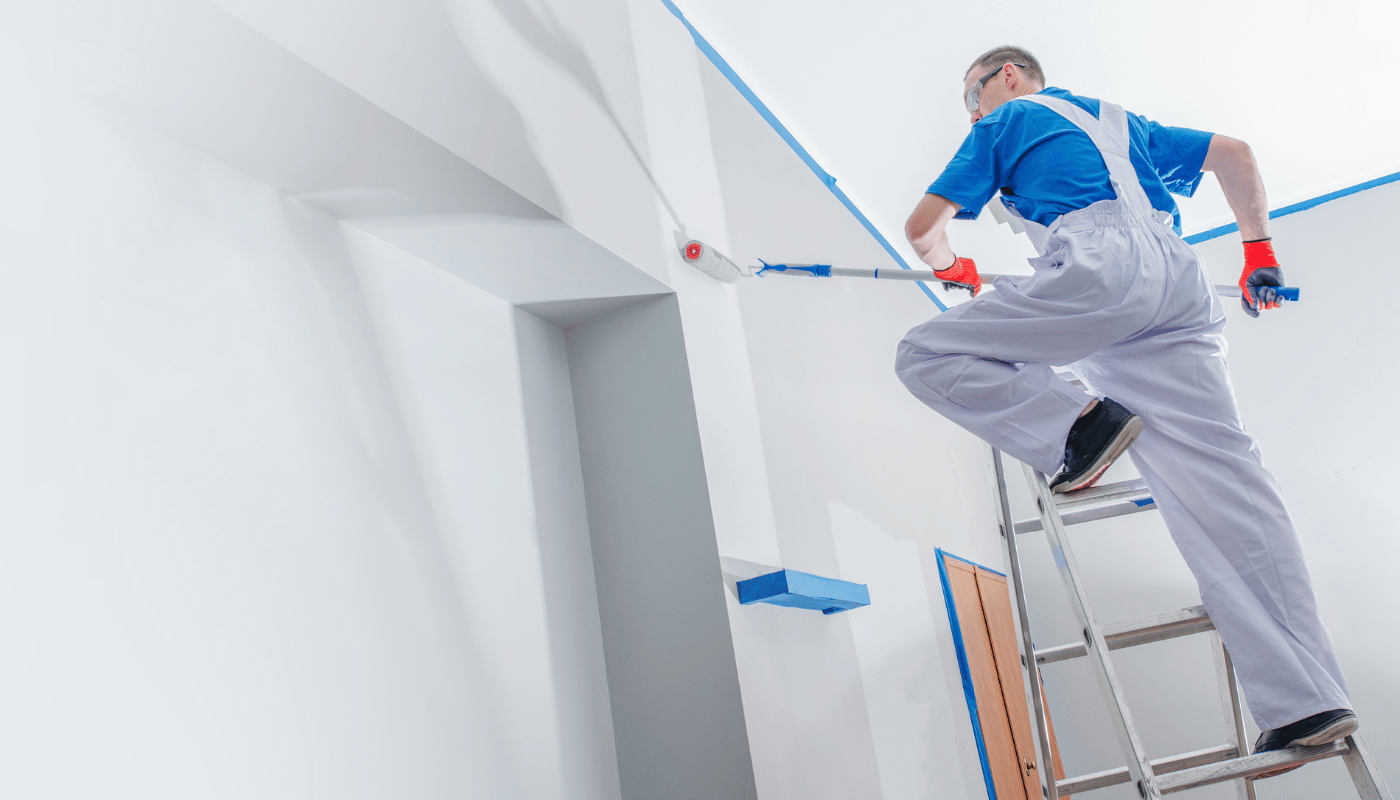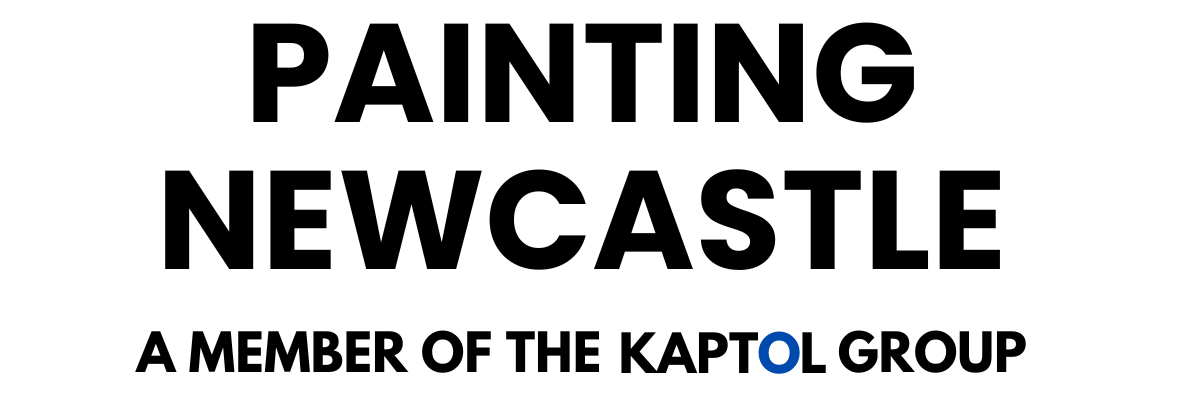The Psychology of Colour in Interior Design. Illuminating Emotions and Transforming Spaces
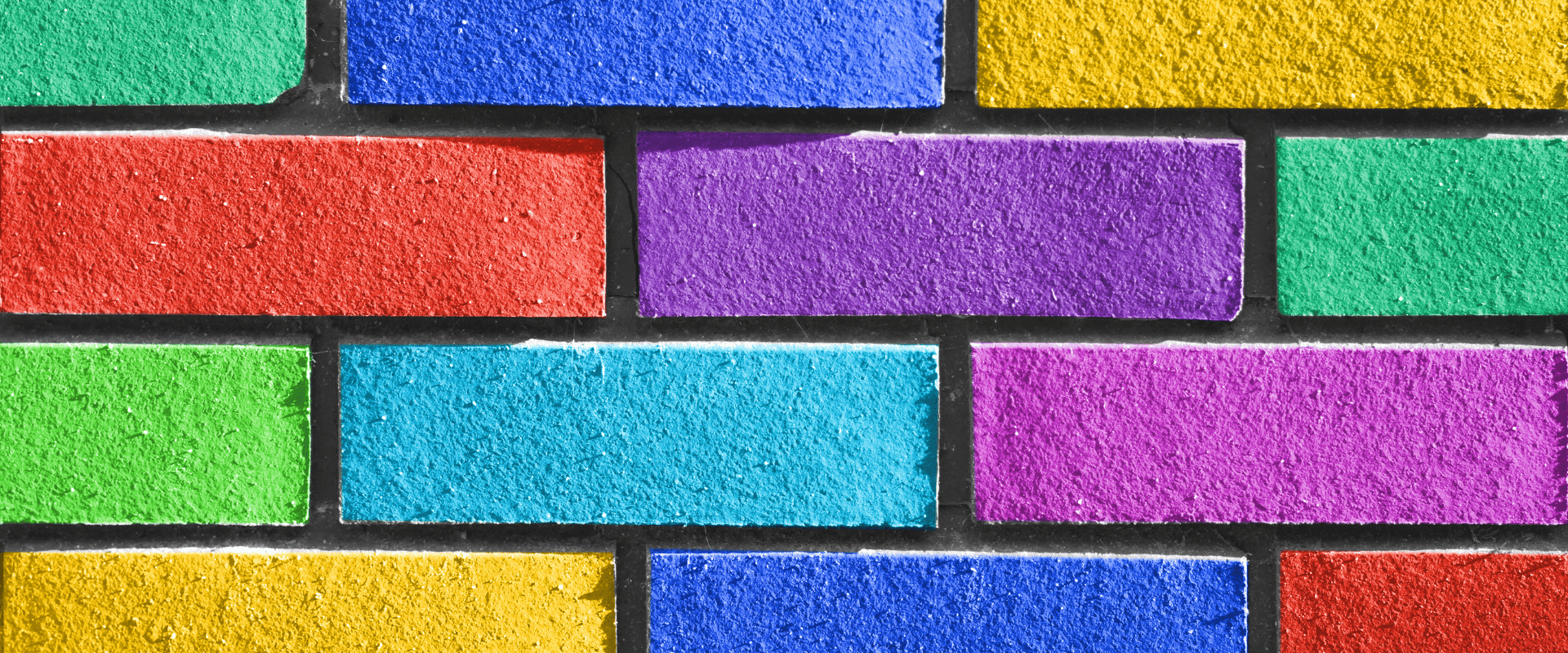
Colour is an integral part of our daily lives, influencing our emotions, thoughts, and behaviors in profound ways.
Beyond its visual appeal, colour possesses a remarkable ability to evoke feelings and set the tone for our experiences. When harnessed thoughtfully, the psychology of colour can serve as a potent tool in interior design, enabling designers to create spaces that resonate with inhabitants on a deep and meaningful level. Let's delve into the fascinating world of colour psychology, explore the emotional nuances associated with various colours, and uncover how this knowledge is expertly applied to transform spaces through interior design.
The Language of Colour: Understanding Colour Psychology
Colour psychology is the study of how different colours impact our perceptions, emotions, and behaviors.
This phenomenon is deeply ingrained in human psychology and has been leveraged by marketers, designers, and artists for centuries. When it comes to interior design, understanding the psychological effects of colours allows designers to create environments that foster specific moods and experiences.
Red: Energetic and Passionate
The colour red is synonymous with energy, passion, and intensity.
It elicits a range of emotions, from excitement to urgency. In interior design, red can be used strategically to create focal points, infuse vitality into spaces, and evoke a sense of warmth and intimacy.
However, excessive use of red may lead to feelings of restlessness, making it crucial to balance its use with calming colours.
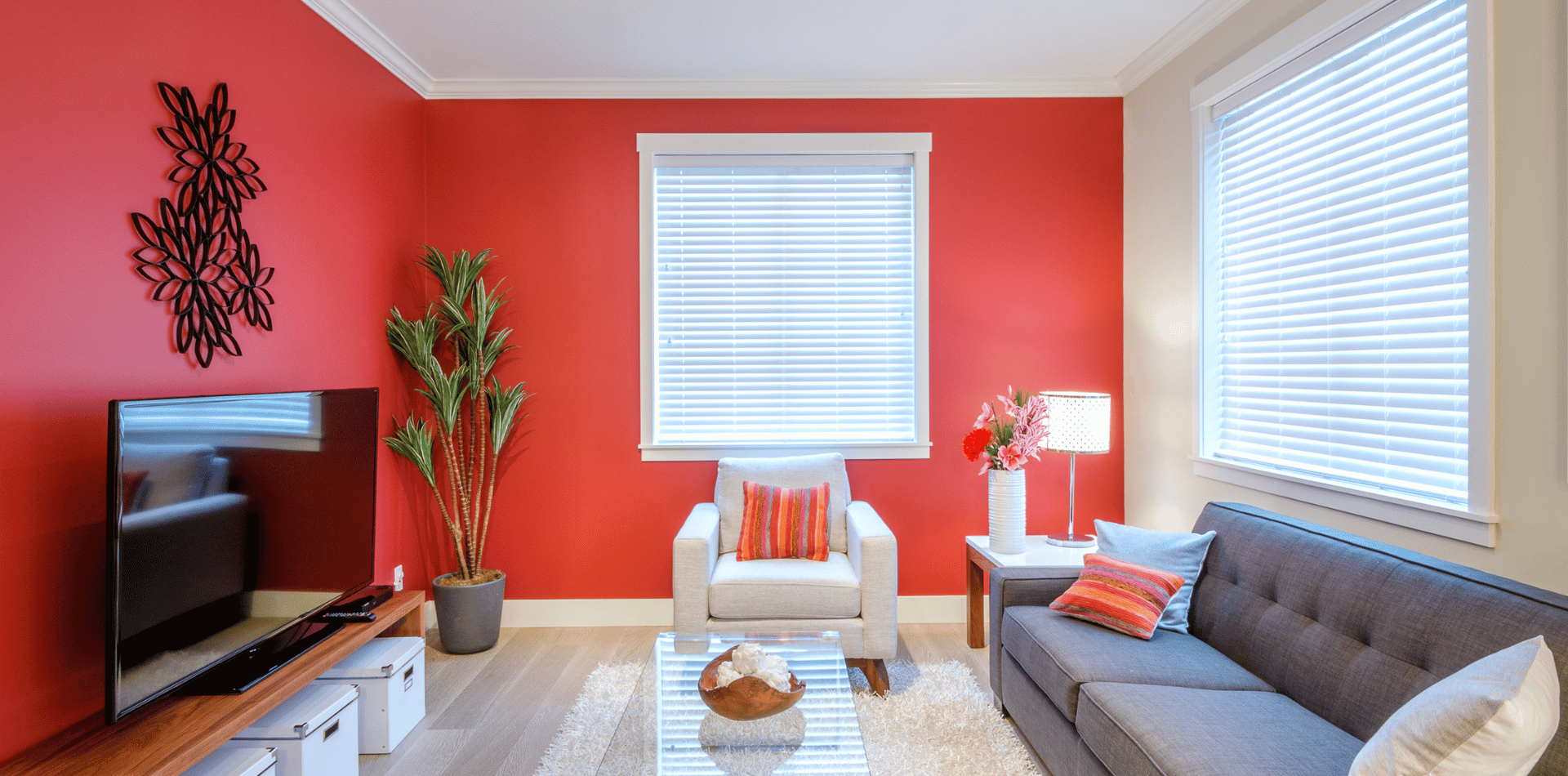
Blue: Calm and Tranquil
Blue is often associated with tranquility, serenity, and calmness.
It has a soothing effect on the mind and can lower blood pressure and heart rate. In interior design, shades of blue are employed to create peaceful retreats, such as bedrooms and relaxation spaces.
Soft blues evoke a sense of serenity, while deeper blues exude a sense of strength and stability.
Yellow: Joyful and Invigorating
Yellow radiates positivity, happiness, and energy.
It captures the essence of sunshine and is known to uplift spirits. When integrated into interior design, yellow can be used to add a burst of cheerfulness to spaces. Kitchens, dining areas, and home offices benefit from yellow accents that stimulate creativity and foster a sense of vitality.
Green: Refreshing and Harmonious
Green, often associated with nature, symbolises growth, renewal, and harmony.
It has a calming and balancing effect, making it an ideal choice for spaces intended for relaxation and reflection. Interior designers often use shades of green to create tranquil sanctuaries that reconnect inhabitants with the natural world.
Purple: Luxury and Creativity
Purple exudes an air of luxury, mystery, and sophistication.
Historically associated with royalty, it conveys creativity and individuality. In interior design, purple can be used to add a touch of elegance to spaces. Lavender shades create a sense of calm, while deeper purples evoke opulence and richness.
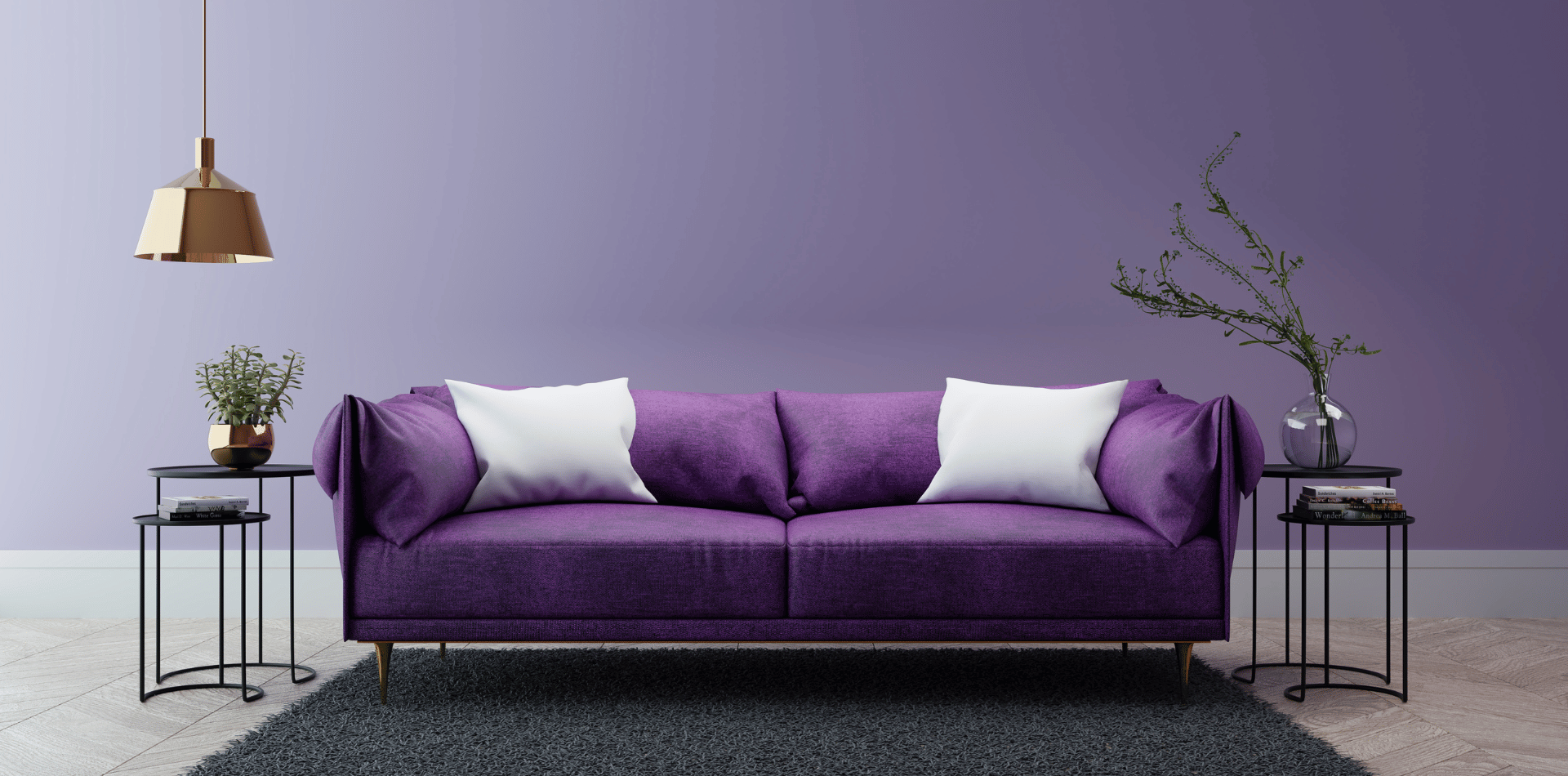
Orange: Vibrant and Playful
Orange is vibrant, energetic, and playful.
It combines the warmth of red with the exuberance of yellow. In interior design, orange is employed to infuse spaces with enthusiasm and creativity. It's often used in spaces where social interactions take place, encouraging conversation and connection.
Applying Colour Psychology in Interior Design
Choosing a Dominant Colour:
Interior designers often begin by selecting a dominant colour that sets the mood for a space. This colour is typically applied to walls, large furnishings, and key design elements. The dominant colour shapes the overall atmosphere of the room.
Creating Colour Harmonies:
To create a harmonious and visually appealing environment, designers use colour harmonies such as complementary, analogous, and triadic colour schemes. These schemes ensure that colours work cohesively together, enhancing the aesthetic experience.
Emphasising Function:
The psychology of colour can guide the selection of colours based on the room's intended function. Calming colours like blues and greens are suited for bedrooms and relaxation areas, while energetic colours like reds and oranges work well in active spaces like kitchens and playrooms.
Balancing Contrast:
Contrasting colours can be used to create visual interest and focal points within a room. For instance, a neutral colour palette can be enlivened by adding pops of vibrant colour through accents, artworks, and textiles.
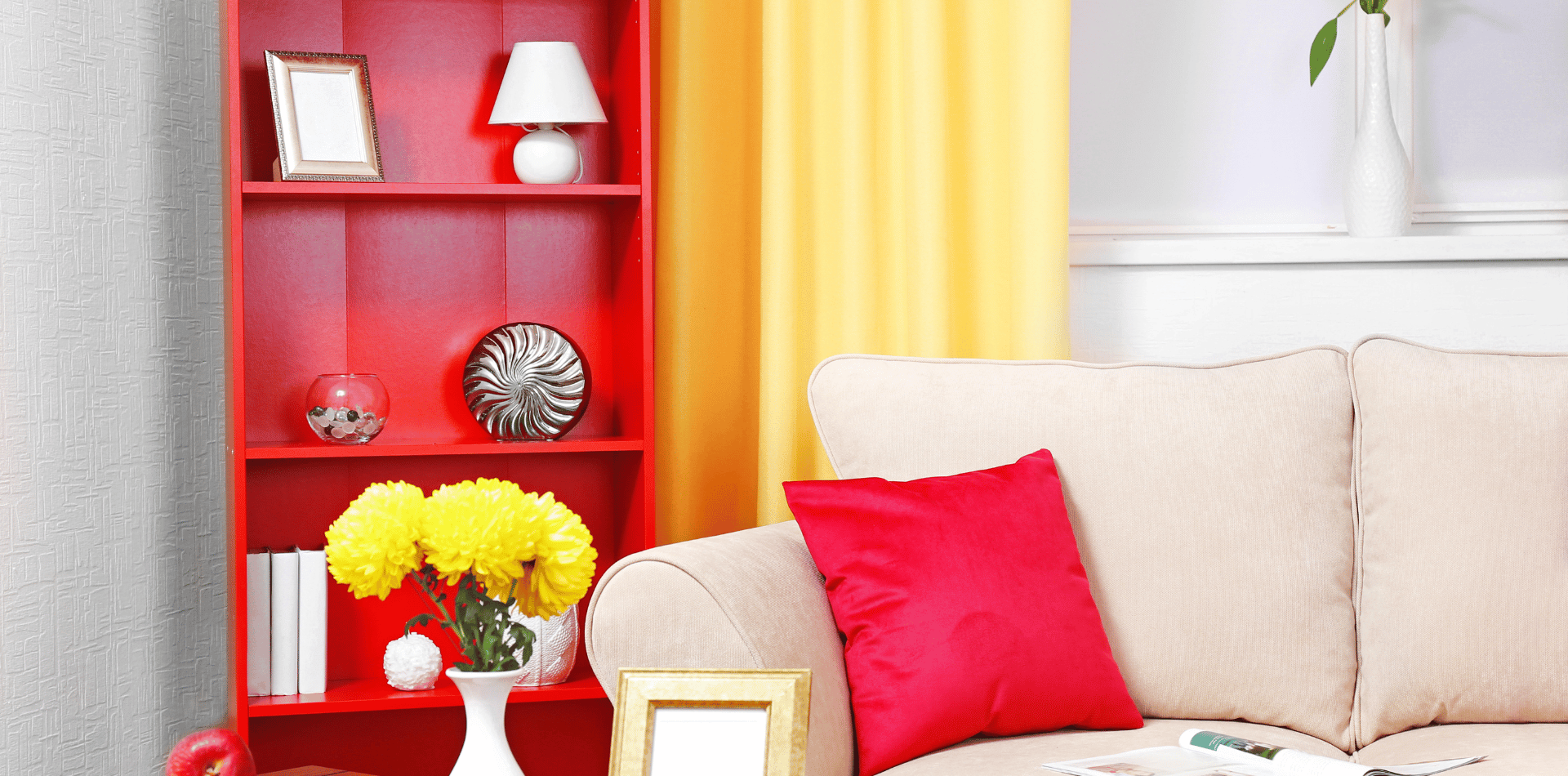
Personalising Spaces:
Colour preferences are deeply personal, and interior designers strive to incorporate clients' colour preferences to create spaces that resonate with them on an emotional level. This personalisation fosters a sense of ownership and comfort within the space.
Considering Cultural Influences:
Cultural and regional influences can impact the psychological associations of colours. Interior designers take cultural context into account to ensure that colour choices are culturally sensitive and align with the desired emotional impact.
Colour is a universal language that transcends barriers and communicates directly with our emotions. In the realm of interior design, the psychology of colour plays a pivotal role in shaping the way we experience and interact with our living spaces. By understanding the emotional nuances associated with different colours, interior designers wield the power to create environments that resonate, inspire, and uplift. From calming retreats to vibrant gathering spaces, the application of colour psychology in interior design transforms spaces into havens of emotion, creativity, and well-being. Each stroke of colour becomes a brushstroke on the canvas of our lives, creating spaces that mirror our innermost feelings and aspirations.

